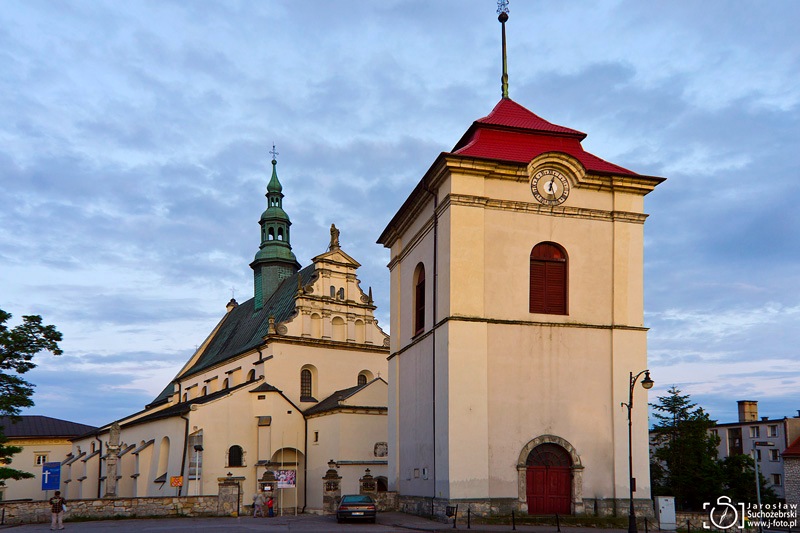Churches in Pińczów, Poland

The first parish church was in Wierciszowo (a quarter of the city of Pińczów nowadays). In the thirties of the 15th century Bishop of Cracow, Zbigniew Oleśnicki founded a brick parish church in Pińczów. In 1449 it was erected Pauline. Monastery and the parish church was incorporated into the newly established monastery. The parish church was rebuilt completely approx. 1642. The Paulines Monastery was closed in 1819. The Church of St. John the Evangelist has three naves. At the south aisle, there is a Chapel of Angels from the beginning of the 17th century. The main altar was built approx. 1744., And nine side altars was created in the first half of the 18th century. Today in the former Baroque monastery of the Order of Saint Paul the First Hermit the Regional Museum in Pinczów is located. The Museum's collections come from Ponidzie and document the traditions, history and culture of the region from the earliest times to the present day. Church and mon...

















